We are senior infants from Scoil Réalt na Mara in Skerries. We went on a visit to the beach recently and spotted a very unusual fish washed up! We made lots of predictions as to what it could be. Can you help us? Aisling Ní Fhearail, Co Dublin
This is a spotted dogfish, sometimes called a nurse hound or a rock salmon. It is technically a shark as it belongs to the group of fish known as Elasmobranchs, which includes sharks, skates and rays. These all have bones made of cartilage, the same stuff that our ears are made of, rather than bone. The Irish Elasmobranch Group has produced an informative booklet for schools and indeed for anyone interested in learning more about them. You can get one (i nGaeilge nó i mBéarla) by sending a stamped, addressed envelope to Kevin Flannery at Oceanworld aquarium in Dingle, Co Kerry.
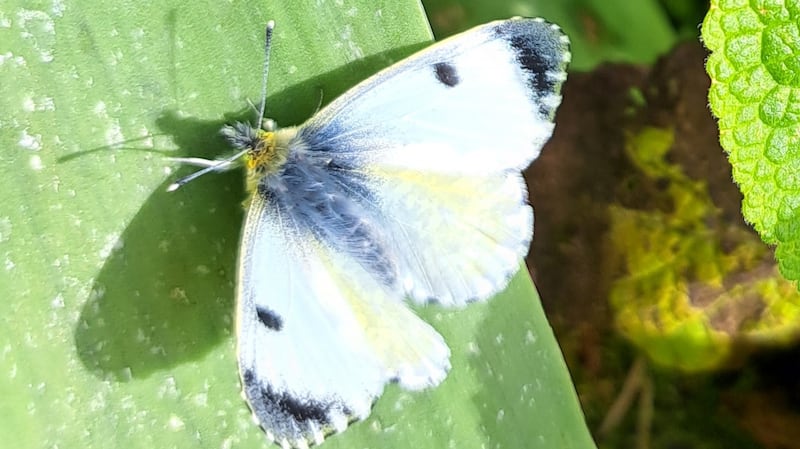
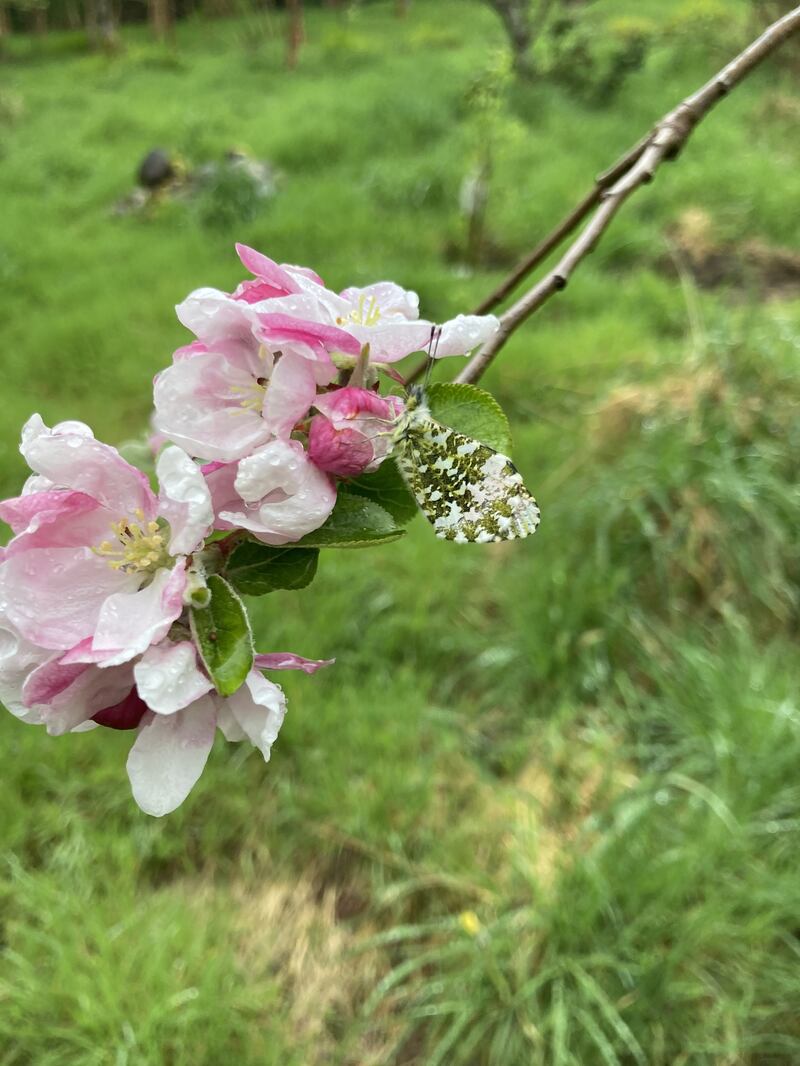
My granddaughter and I recently spotted this butterfly in my garden. Can you identify it? Donal Carey
I saw this little creature in our apple blossom recently. Moth or butterfly? Celine McCarrick, Co Sligo
Both of these queries refer to the same butterfly – the orange-tip – and both images are of the female, which does not sport the bright orange forewings of the male. Celine’s image shows the underside of the hind wing, which has green, black and yellow scales. This cryptic colouring allows the butterfly to camouflage itself among vegetation during roosting. Dónal’s excellent photo of the upper side of the butterfly shows how the hind wings are tinged with yellow. This colouring, lacking in British orange-tips, causes the Irish one to be regarded as an endemic subspecies found only in Ireland.
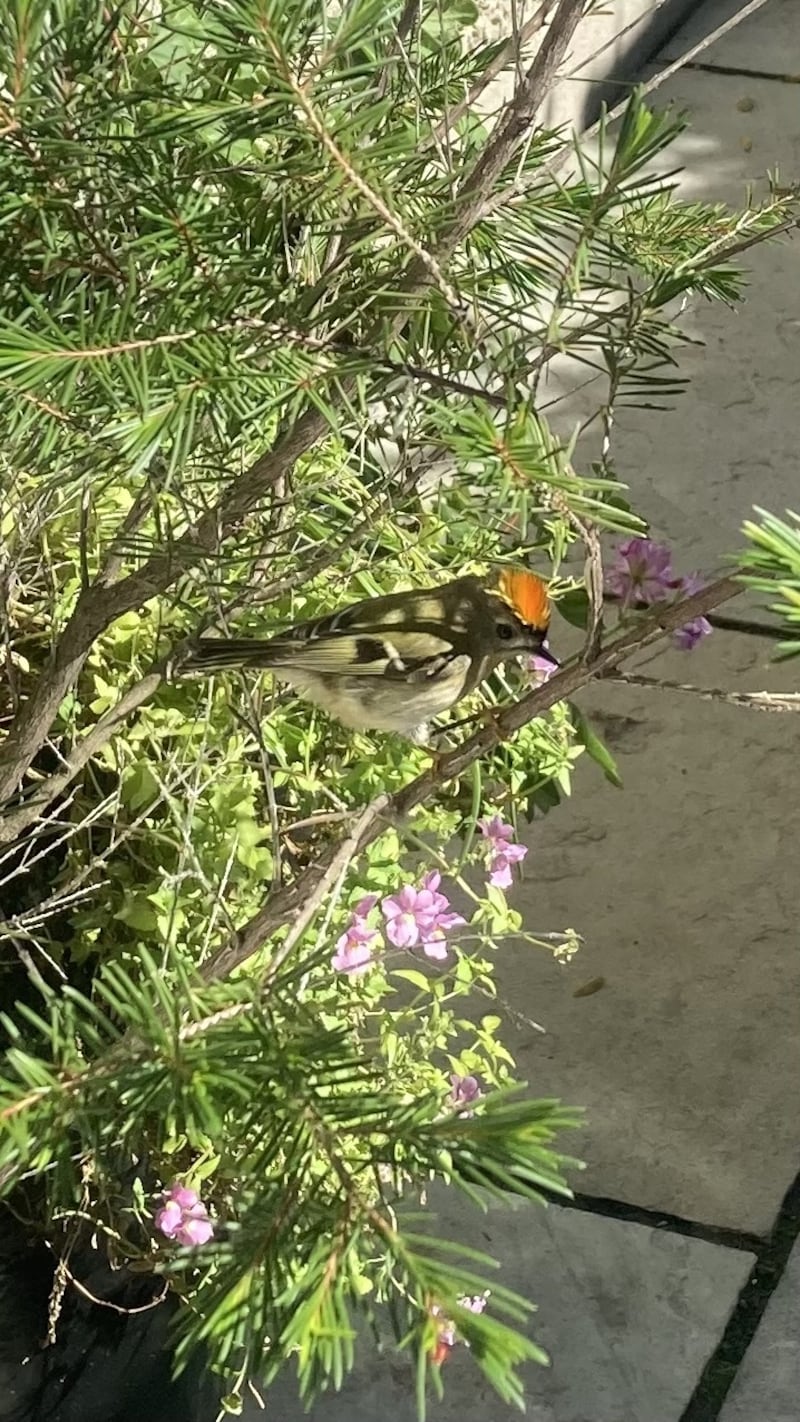
I spotted this bird in our garden. Is it a golden-crowned kinglet? Giles Murnin, Dublin 14
Not unless your garden is in the US or Canada. Mr Google has a strong North American bias, and if you must consult him, you should treat his answers with a pinch of salt. There is no way a tiny golden-crowned kinglet could possibly fly across the Atlantic and appear so hale and hearty in your garden. This is a goldcrest – Ireland’s smallest bird, weighing a mere 6g. Your excellent picture is of a male with an orange crown, as opposed to the female, whose crown is pure yellow. Its nest is built from mosses and lichens and held together by spiders’ webs.
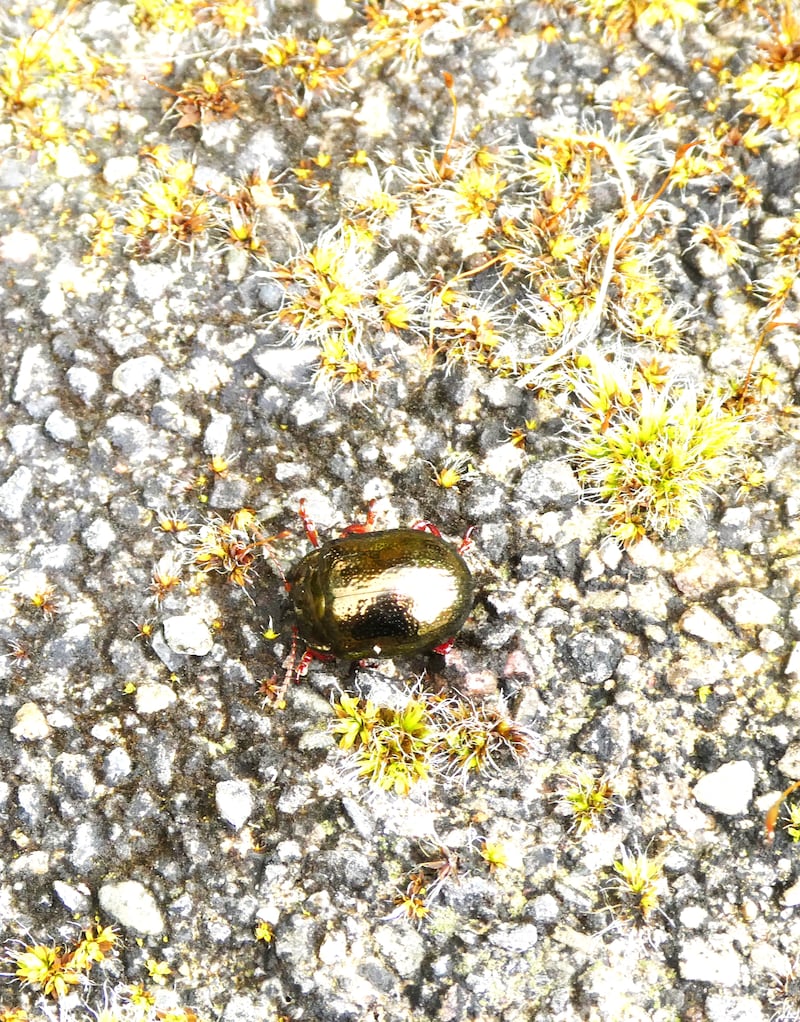
This little bug was sitting on my garden wall, I have never encountered such a gold colour before. Can you tell me what it is, please? John O’Callaghan, Co Mayo
It is not a bug but an insect – specifically, a leaf beetle called Chrysolina banksi. Leaf beetles feed on the leaves of plants; this one is partial to mint leaves. It can be sluggish and shy, often lurking under cover by day, and it hibernates as an adult. The National Biodiversity Centre has records for it from Co Down and from the southwest but not from Mayo.
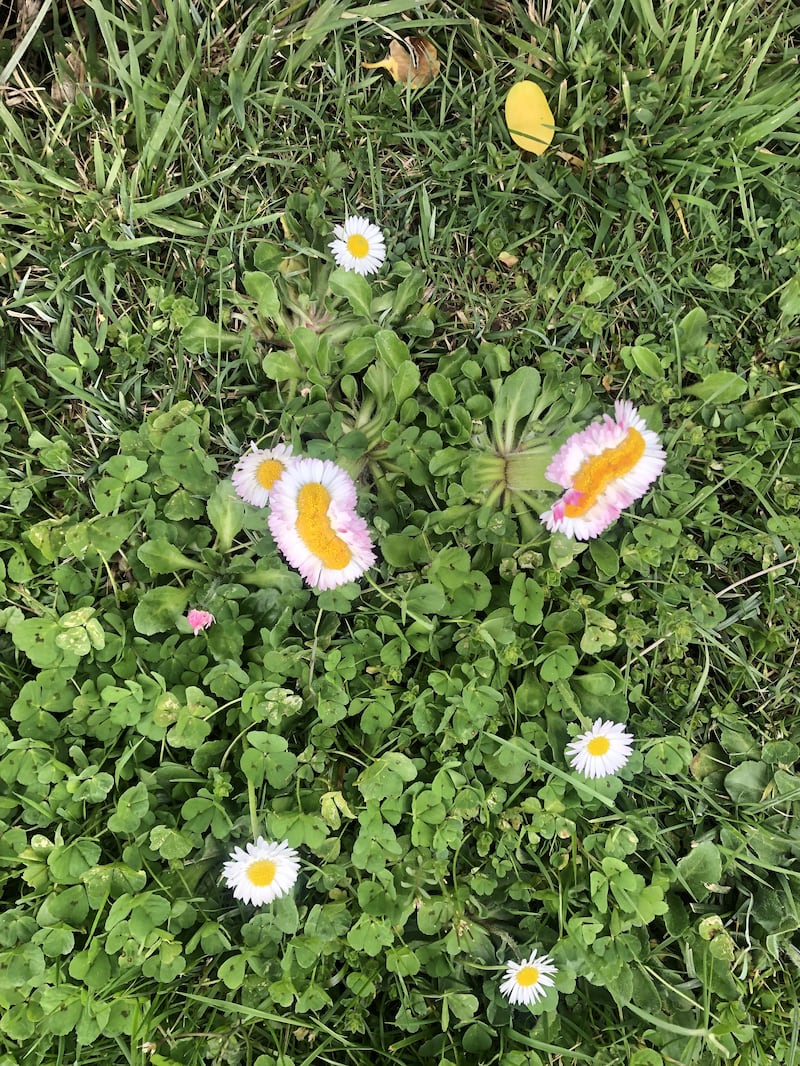
I saw these extraordinary-looking daisies near my home in the Rosslare area. How unusual are they? Irene Fortune, Co Wexford
This is a phenomenon known as fasciation, which comes from the Latin “fascia” – to fuse. It happened here because the growth pattern of the daisy became disrupted due to a cell mutation and the flowers became fused. The natural occurrence of this in nature is fairly rare and may be a one-off.
Please submit your nature query, observation, or photo with a location, via irishtimes.com/eyeonnature













